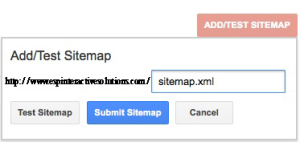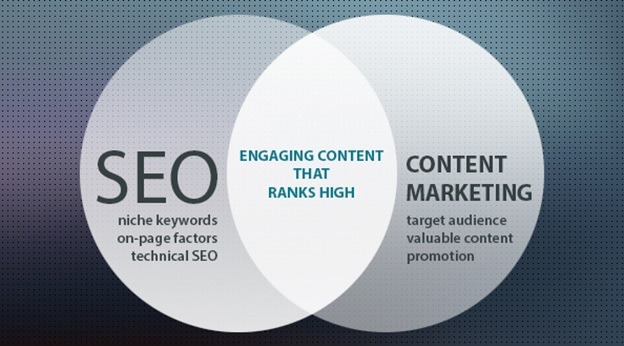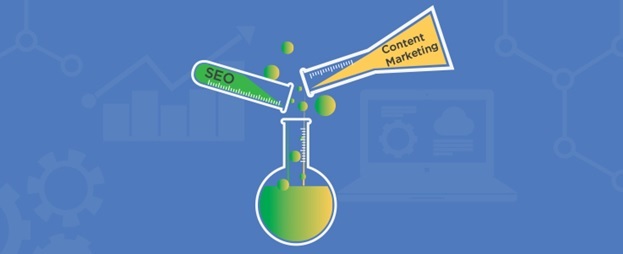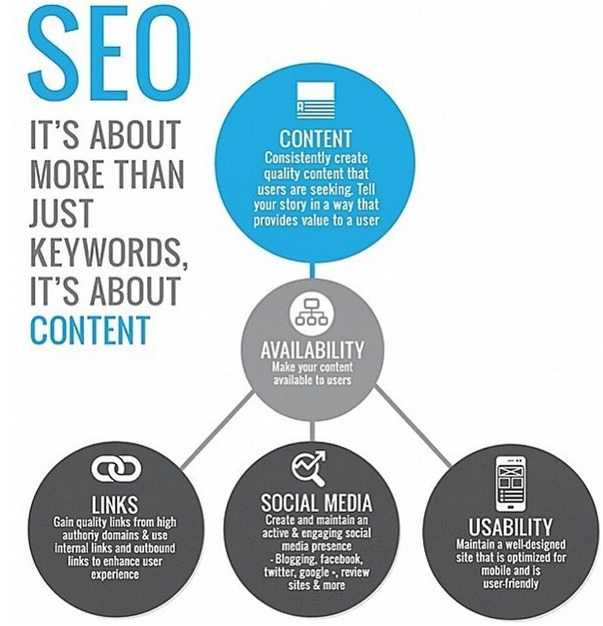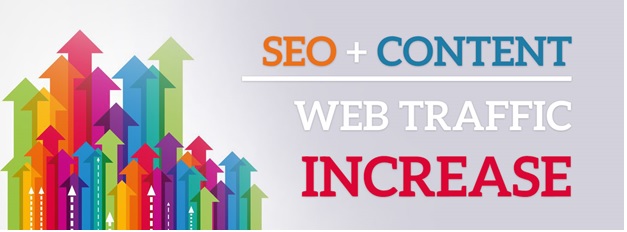
According to the Statista, there are 3.58 billion internet users worldwide. Out of the total 323.1 million population of the United States in 2016, almost 270 million were online, and this number is expected to grow to 275 million in 2018. The Internet world has grown to be the single most influential customer market for businesses of all sizes. Companies in the United States and across the world are tapping into the endless potential of this incredibly large and effective customer marketplace for increasing lead generation and leads. As the leading Bay Area Digital Marketing company, we take it on to us to inform you about how you can increase lead generation for your business.
Are you wondering what is lead generation and why it is important for your business? Here is a brief description.
What is Lead Generation?
In the simplest terms, leads are potential customers. Lead generation is a marketing technique to attract customers and stimulate their interest in the products or services offered by the business, channelizing them into the conversion/ sales funnel. A lead is an unripen sale opportunity which can be converted to a mature sale with consistent and coherent marketing efforts.
Transformation of Lead Generation Process
The Internet is changing traditional advertising and lead generation models for enterprises because of its massive impact on purchasing behavior of customers and how businesses and clients collaborate. The advancement in the technology such as ease of access and affordability of internet has given rise to an era of information abundance as compared to the age of information scarcity in the past.
The abundance of information has led to a major shift in marketing model from push marketing to pull marketing. The availability of extensive information through Web 2.0 channels and user-generated content has made people turn to the internet to search for products and services and to make their purchase decision, hence giving rise to pull marketing.
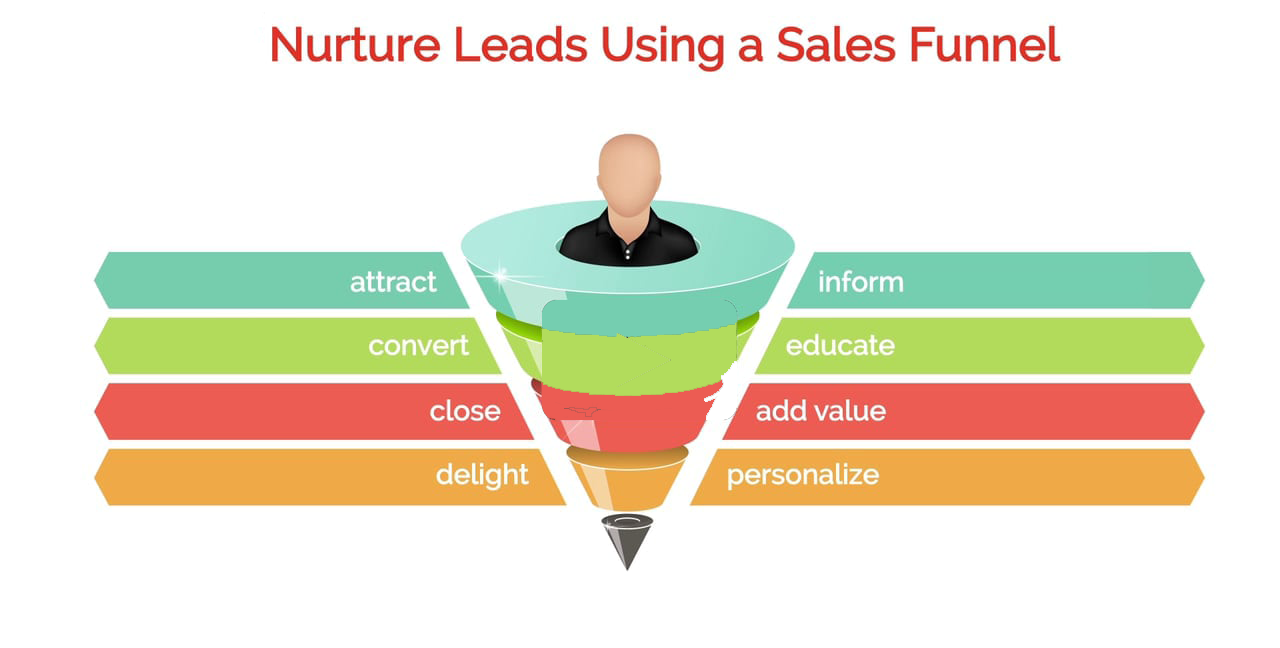
Previously, businesses needed to push their products and services to customers through advertisements which mean businesses were looking for customers. As compared to this. Pull marketing focuses on attracting customers that are already looking for products and services offered by the company. In this digital age, businesses need to rightly present themselves to the right customer at the right moment, i.e., customers should be able to see your products and services right when and where they are looking for them. Hence, the lead generation process has transformed and must be revamped to keep up with the demands of the target market, making digital landscape as the best bet. Here are the top 3 digital marketing strategies that offer the best value for money in lead generation and must be the focus of businesses in 2018.
-
Search Engine Optimization
As digital marketing enters its mature stage, Search Engine Optimization (SEO) has only risen in its importance and prominence. SEO is an ideal strategy in 2018 to attract inbound visitors and capture leads through manipulating organic web searches. Utilizing the keywords that people use to search for goods and services, SEO can increase the traffic to the business’ digital presence and convert them into leads through the effective conversion funnel. SEO combined with content marketing aims to provide target audience what they are looking for online, whether it is information or purchase.
How SEO Works for Lead Generation
When a customer searches for something, i.e., a product or service, a successful SEO strategy helps the business to show up among the top results for the specific search query, leading the visitor to the website through backlink. But, the catch here is that almost 70% of these visitors will turn away without a purchase or a call which means no leads. Therefore, SEO’s work is not done here! To successfully generate leads, SEO efforts should effectively capture the leads, taking them further in the conversion funnel at the end of which is the sale opportunity.
To ensure visitors into leads, SEO ensues techniques like ‘Landing Page Optimization,’ ‘Signups,’ and ‘Providing Informational Content.’ By providing visitors what they are looking for through information and purposeful content, businesses can establish contact with potential customers. It can be done by enhancing visitor experience through easy navigations, efficient page loading times, and organized layout of content and multimedia, and by offering people to sign up for the newsletter, businesses can significantly enhance their lead generation ratio.
One of the most useful SEO strategies is to install lead magnets on the website. Lead magnets can be an offer to sign up for a free webinar, to avail free trial of website or software, to download ebook or whitepapers, for free expert advice, or to get bonus points by signing up. Lead magnets create the point of contact to the user by asking for information such as email addresses from visitors, and this information can be used to reiterate marketing efforts and collaborate with them in the future.

-
Social Media Marketing
Social media has not only revolutionized the way people communicate and collaborate, but it has left a lasting impression on people’s purchase behavior. It is one of the most influential digital marketing forums for lead generation. Social media has initiated a trend of followership among people. People like to purchase from the brands and businesses that they follow on channels or forums such as Facebook, Twitter, and Instagram. With its enormous lead generation capabilities through user-generated content and brand endorsement, social media can direct traffic to your website as well as produce direct leads. Attracting visitors and driving traffic is one of the core objectives of a social media campaign. However, a successful campaign also emphasizes the positive brand image and leveraging positive customer experiences.
How SMM Works for Lead Generation
So, how exactly the lead generation from social media works?
Social media had approximately 2.5 billion users in 2017 which are expected to rise to 2.8 billion by 2019. Currently, there is exponential growth in the social media users. By creating, owning and maintaining your social media presence, you urge people to join your community where you can have one to one communication with your potential customers.
By using compelling posts and attractive messages along with updates from your website, you direct users to your website and use strategies like landing page optimization and sign-ups to convert them. Social media establishes the point of contact between users and businesses which is not only consistent but long term. Furthermore, effective campaigns can also use the power of their community to generate impact. One of the most prominent factors of social media is its emotional appeal to the users. Equipped with multimedia tools such as pictures and videos, social media can invoke brand loyalty which can turn into leads and conversions.
On a side note, social media marketing requires much less budget than traditional marketing. As a result, it offers good value for money and better turnover.
Not all users are same, and not all users on different channels have same interests. For example, what works for your twitter followership may not be interesting to your Facebook community. Therefore, social media marketing for lead generation needs to be customized according to the forum and target audience. It is better to make customized messages and not to push the same message across all channels.
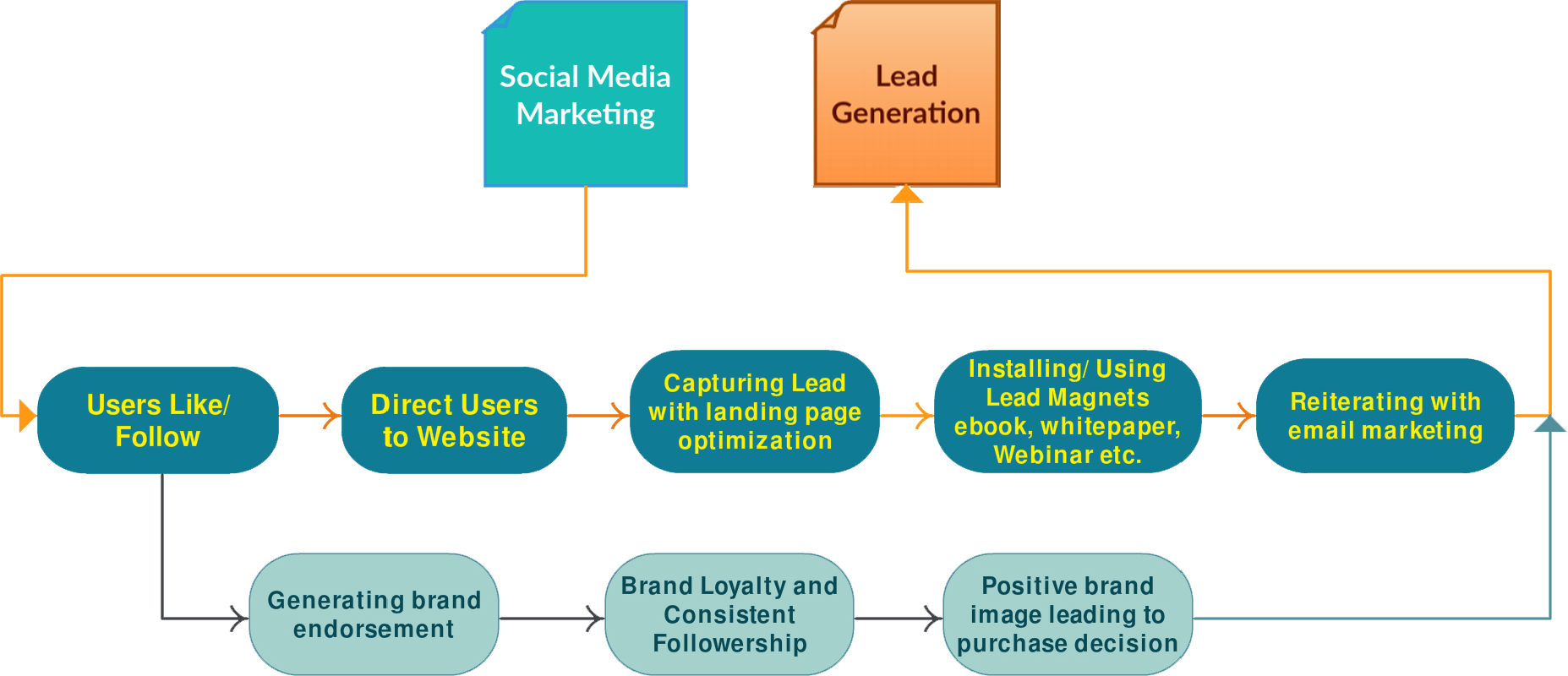
-
Paid Advertising
As soon as paid advertising is mentioned in 2018, you can feel many eyebrows rising. Many people are skeptical about the role and relevance of paid advertising in lead generation. However, Paid Advertising or Pay Per Click is an effective and one of the quickest methods of lead generation in digital marketing. It is not about impressions, traffic or budget, but it is about leads and potential customers.
How Paid Advertising Works for Lead Generation
As mentioned, paid advertising is one of the fastest and direct ways to lead generation. While showing up in organic results can take weeks or even months, you can pay to show up in relevant results with paid advertising.
A customer looking for similar goods or services as offered by your business initiates a search query. With your PPC campaign, you pay to show up in the ‘sponsored’ or ‘paid’ results. Therefore, it does not involve waiting for months as your ranking improves, but it can kickstart your digital conversion funnel. A visitor is led to your website by clicking on the result, and you can utilize it to capture the lead with lead magnets, get a quote or contact us form along with optimized landing pages.
Take Home?
It is about time that companies should take the potential of digital landscape for lead generation seriously. As customer markets begin to concentrate on internet world of search engines and social media marketing, businesses should shift their focus away from traditional marketing to digital marketing for the successful lead generation. Using SEO, SMM, and Paid Advertising, companies have the opportunity to convert inbound opportunities into leads…that convert.



